Decorative screen panels are quickly becoming a favorite choice for homeowners and designers alike. Having transformed my own living space using these versatile panels, I can attest to their ability to create elegance and functionality in any environment. In this comprehensive guide, we’ll delve into the world of decorative screen panels, exploring their types, benefits, installation tips, and maintenance strategies.
What Are Decorative Screen Panels?
Decorative screen panels are architectural elements used in both residential and commercial spaces to add privacy, divide areas, and enhance aesthetics. They come in various materials, designs, and finishes, allowing for endless customization possibilities.
Types of Decorative Screen Panels
1. Wood Screen Panels
Wood screen panels offer a natural and warm aesthetic, making them perfect for cozy interiors. They can be made from various wood types like cedar, teak, or plywood, each bringing its unique character.
Pros:
- Highly customizable in terms of design.
- Eco-friendly options available.
- Provides excellent insulation.
Cons:
- May require regular maintenance to prevent damage from moisture.
- Higher upfront cost compared to synthetic materials.
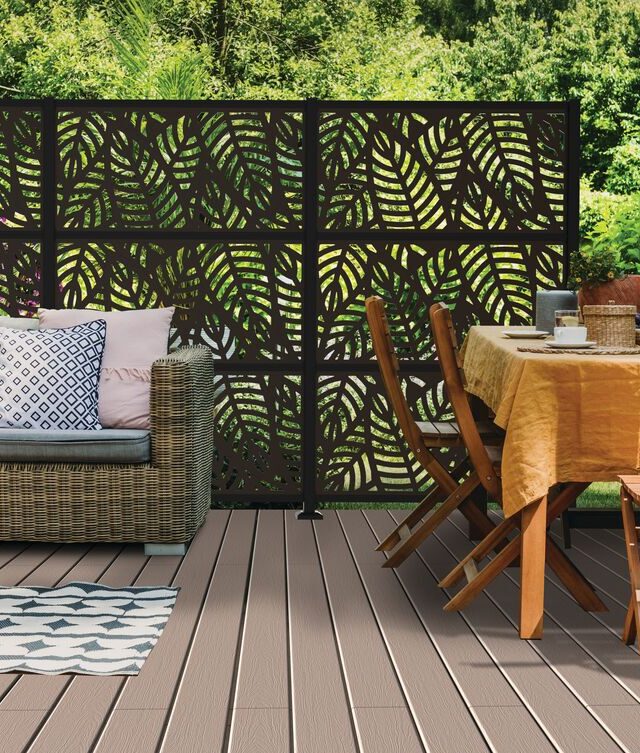
2. Metal Screen Panels
Metal screen panels are sturdy and highly durable, offering a modern and industrial feel. Ideal for outdoor use, they can withstand harsh weather conditions.
Pros:
- Extremely durable and long-lasting.
- Available in various designs and finishes.
- Low maintenance requirements.
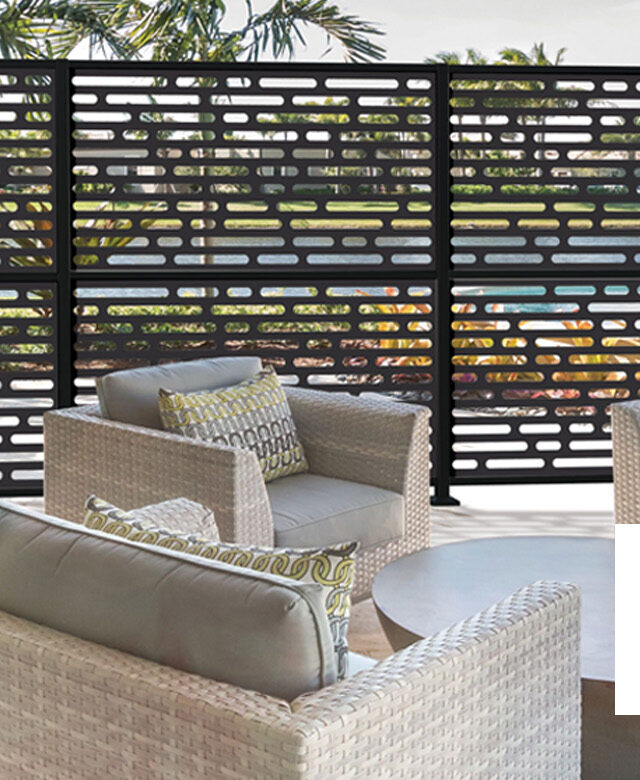
Cons:
- Can be more expensive than wood options.
- May cause overheating in direct sunlight.
3. Composite Screen Panels
Composite materials combine the best of wood and plastic, offering durability with a natural look. They are resistant to weather, decay, and insects.

Pros:
- Highly resistant to weather and fading.
- Mimics the look of real wood.
- Low maintenance requirements.
Cons:
- Limited design options compared to wood.
- Can be heavier and more difficult to install.

4. Fabric Screen Panels
Fabric panels are perfect for indoor use, providing a soft, textured look. They can be used as room dividers or wall art.
Pros:
- Available in countless colors and patterns.
- Softens the acoustic environment.
- Lightweight and easy to install.
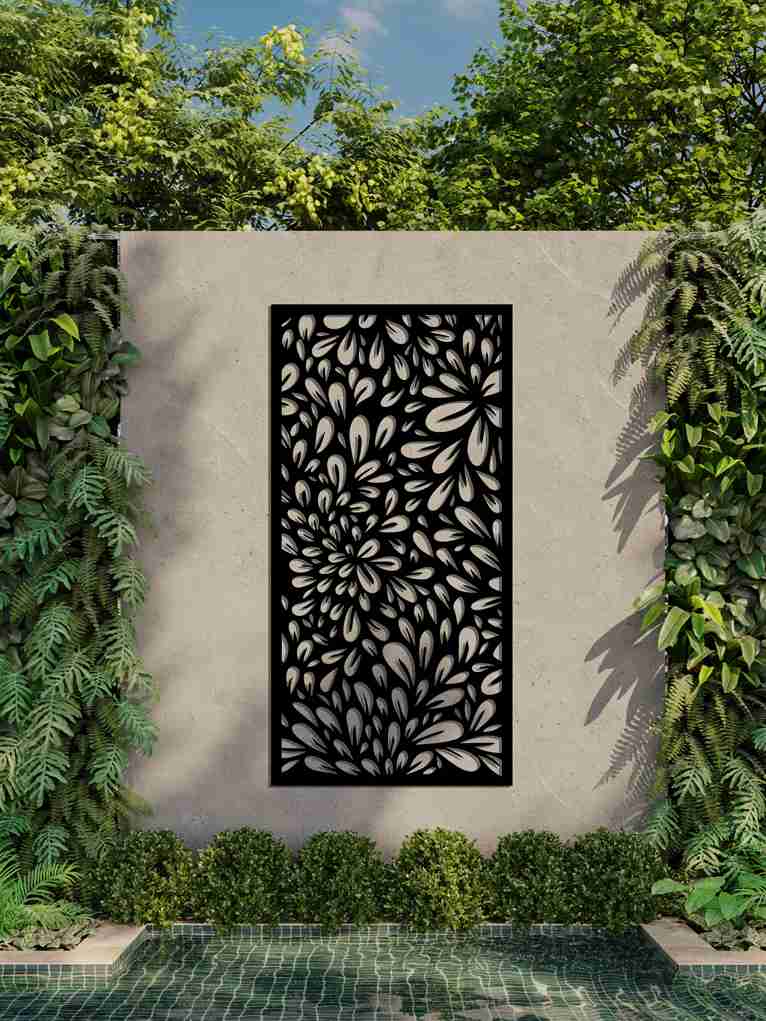
Cons:
- Can be prone to fading over time.
- Not suitable for outdoor use.
Benefits of Decorative Screen Panels
1. Aesthetic Appeal
One of the most significant benefits of decorative screen panels is their ability to enhance the visual appeal of a space. Whether you’re looking for a modern, rustic, or eclectic look, there’s a screen panel that can meet your design vision.
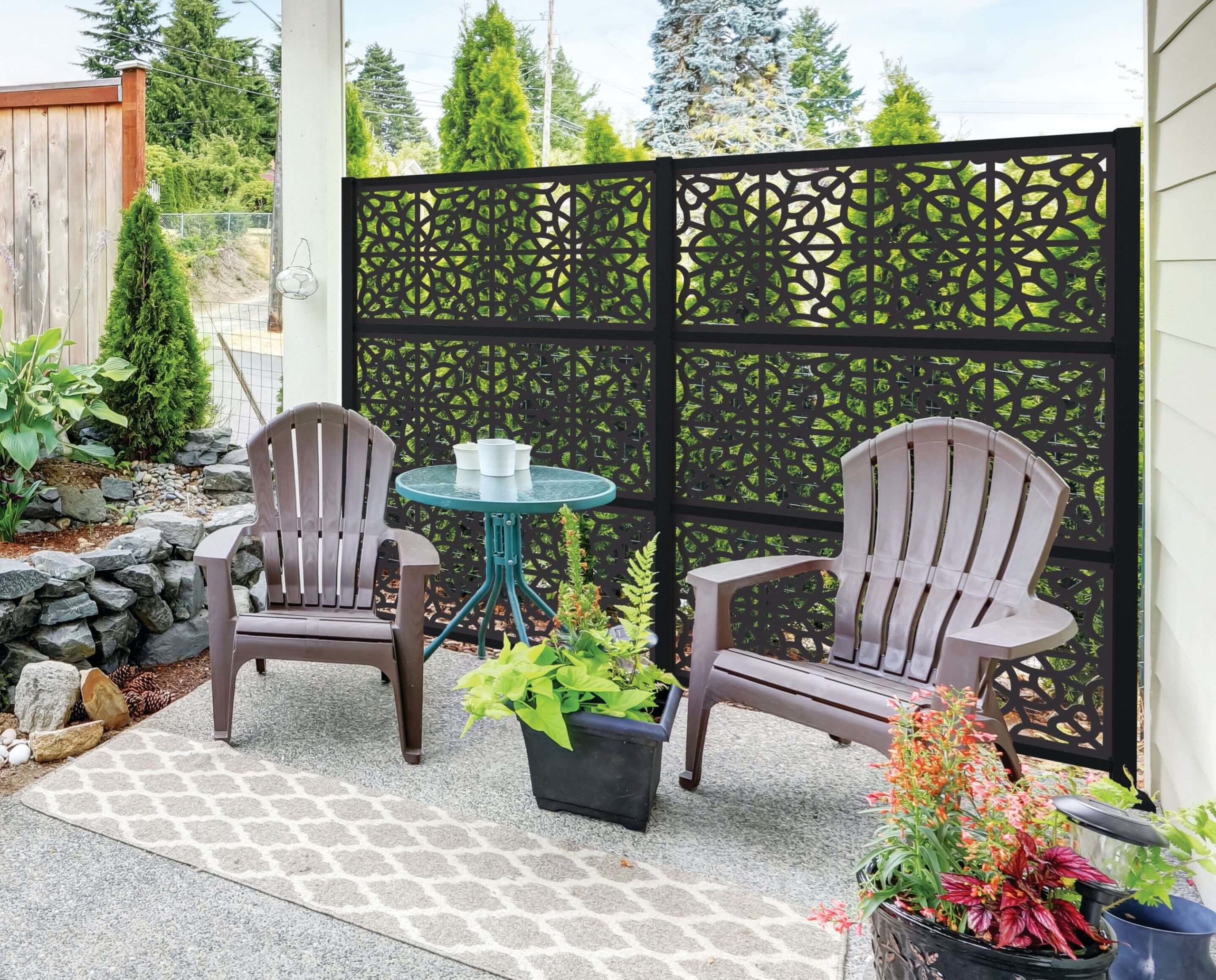
2. Space Division
Decorative screen panels serve as functional dividers that can help break up large spaces, creating intimate areas without the need for permanent walls. This is particularly useful in open-plan living spaces.
3. Privacy Protection
These panels can provide much-needed privacy in both indoor and outdoor settings, allowing you to enjoy your space without feeling exposed.
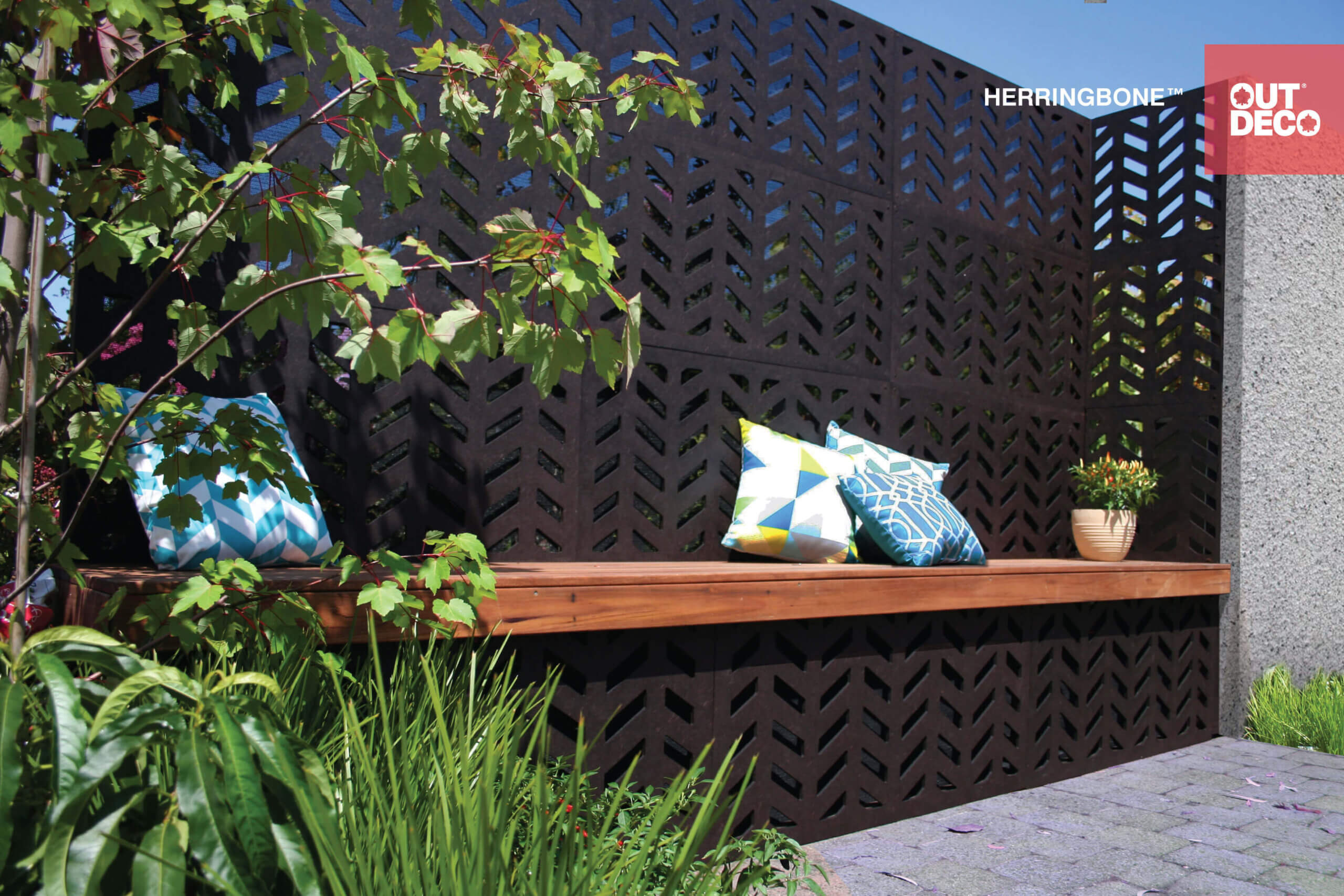
4. Versatility
Decorative screen panels can be used in various situations, from creating a stunning feature wall to partitioning areas in a garden. They adapt to different environments, including homes, offices, and outdoor spaces.
5. Improved Acoustics
Fabric screens, in particular, can help absorb sound, improving the acoustics in a room while adding a touch of style.
How to Choose the Right Decorative Screen Panel
1. Consider Your Space
Evaluate the area where you plan to install the screen panels. Are you using them indoors or outdoors? What is the size and style of the space? These factors will guide your choice of material and design.
2. Material Selection
Choose a material that fits your needs. For outdoor areas, opt for metal or composite panels that can endure weather conditions. For indoor use, wood or fabric screens can add warmth and texture.
3. Design and Color
Select a design and color that complements your existing decor. Consider patterns, textures, and colors that will blend seamlessly with your home’s style.
4. Budget
Your budget will play a crucial role in your choice. Wood panels may be pricier but offer timeless aesthetics, while composite panels can be more affordable options that mimic wood.
5. Maintenance Requirements
Consider how much maintenance you’re willing to commit to. If you prefer low-maintenance solutions, go for synthetic materials or metal screens.
Installation Tips for Decorative Screen Panels
1. Gather Tools and Materials
Before you start, ensure you have all the necessary tools, including a measuring tape, level, drill, screws, and brackets. Also, make sure to have the decorative screen panels on hand.
2. Measure Your Space
Accurate measurements are crucial. Decide where you want to install the panel and measure the height and width to ensure a perfect fit.
3. Check Support Structures
Ensure that there are adequate support structures (like studs in the wall) to anchor your decorative screen panels securely.
4. Follow the Manufacturer’s Instructions
Always refer to the installation guide provided by the manufacturer. This will help you avoid common pitfalls and ensure a professional finish.
5. Finishing Touches
Once installed, add any additional elements like lighting or plants to enhance the beauty of your decorative screen panels.
Comparison Table of Decorative Screen Panel Materials
| Material | Durability | Maintenance | Cost | Aesthetics |
|---|---|---|---|---|
| Wood | Moderate | High | $$$ | Natural & Warm |
| Metal | High | Low | $$$ | Modern & Industrial |
| Composite | High | Low | $$ | Mimics Wood |
| Fabric | Low | Moderate | $$ | Soft & Textured |
FAQs About Decorative Screen Panels
1. Are decorative screen panels weather-resistant?
Metal and composite panels tend to be more weather-resistant compared to wood and fabric panels. Choose materials based on your environmental conditions.
2. Can I paint decorative screen panels?
Yes, many wood and metal decorative screen panels can be painted or stained to match your decor. Ensure proper surface preparation for the best results.
3. How do I clean decorative screen panels?
Cleaning depends on the material. Wood panels can be dusted and treated with a wood cleaner, while metal panels can be wiped down with a damp cloth. Fabric panels may require specialized cleaning methods.
4. Where can I use decorative screen panels in my home?
Decorative screen panels can be used in various places, including living rooms, bedrooms, outdoor patios, and offices. They are versatile and can fit in almost any setting.
5. How long do decorative screen panels last?
The lifespan of decorative screen panels varies by material. Generally, metal and composite panels have a longer lifespan than wood and fabric options, provided they are properly maintained.
Conclusion
Decorative screen panels are more than just aesthetic elements; they offer functionality and style that can transform your home or workspace. Whether you opt for the warmth of wood, the durability of metal, or the softness of fabric, these panels can serve as a fantastic addition to any environment. With various styles, materials, and functions, you can find the perfect screen panel that aligns with your vision, enhancing your space for years to come.
As someone who enjoys creating beautiful spaces, I warmly encourage you to consider decorative screen panels for your next home improvement project. Embrace creativity, and let your personal style shine through!